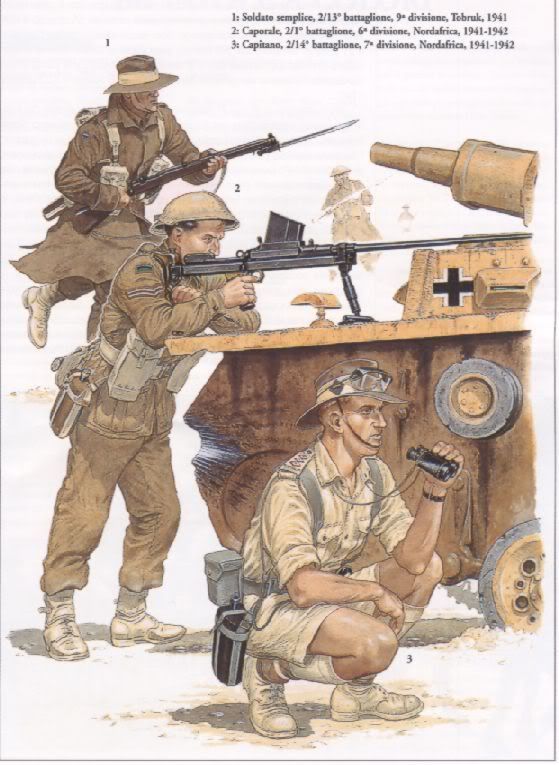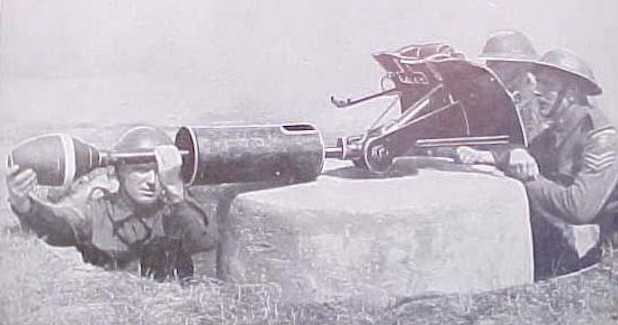The idea of a rifle, which could challenge the armour of tanks, was not new when the threat of a second world war was becoming reality. Already during WWI an increased performance of specially designed rifles enabled the soldiers to pierce the armour of tanks with the help of an easily portable anti-tank rifle.Originally called the Stanchion, it was renamed to honour one of its principal designers, Captain Boys, to become the Boys Anti Tank rifle. A nightmare for beginners, it proved to be a quite easy to handle if the firer that it had to be gripped tightly.
Its use was wide-spread over most theatres of war, being used both as a portable infantry anti-tank rifle and a weapon fitted into armoured cars, but had the greatest success in North Africa, where it could handle the front armour of most Italian tanks. The mobile style of European warfare with the mailed fist of massed tanks, introduced by the Wehrmacht and aptly called ‘blitzkrieg’, did not give the firer enough time to wait and let its prey approach, therefore its success on the battlefields of Europe was limited. It was last used in 1942 in the Far East.
French officer shooting the Boys.

The Boys also had a Mk. 2 airborne variant, with a shorter barrel, feather-filled butt pad and some aluminium parts. However, the side effects prevented it from any kind of greater success - the short barrel turned up the volume of the already deafening report, while decreasing the penetration of the round. Fortunately by the time it came around there was However, the inter-war period saw a gradual increase in thickness of tank armour, demanding a concurrent development of anti-tank rifles.
The British designers began their work in 1934 and within two years the result of their work was complete. The callibre was .55 inch, giving the gun a mighty recoil. In attempt to reduce it, a muzzle break was another option in view, the P.I.A.T.fitted and the whole mechanism mounted into a cradle, buffered by a powerful spring. As this could not of course solve the problem completely, the butt was thickly padded in addition. The whole rifle was 63.5in or 162cm long, weighing 36 pounds or 16.3 kilograms. It was fed from a 5-round box magazine, had a muzzle velocity of 810metres per second and could puncture 21mm of armour at 200 meters.
This gun was also adquired by the URSS and the U.S.M.C (marines) wich have several succeses agaist the lesser armored japanese tanks in the Pacific.
Boys of the U.S.M.C.

Russian Bren Carrier with the .55 ATR Kursk July 1943.
















